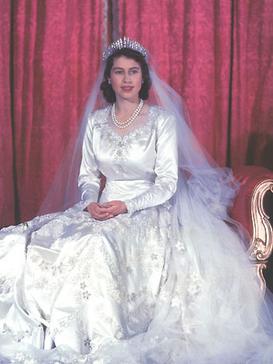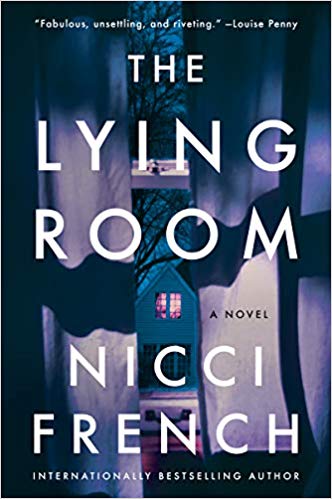 The Lying Room by Nicci French
The Lying Room by Nicci French Format: eARC
Source: supplied by publisher via Edelweiss
Formats available: hardcover, paperback, ebook, audiobook
Genres: mystery, thriller
Pages: 432
Published by William Morrow Paperbacks on October 1, 2019
Purchasing Info: Author's Website, Publisher's Website, Amazon, Barnes & Noble, Kobo, Bookshop.org
Goodreads
One little secret between a married woman, her lover, and a killer.
It should have been just a mid-life fling. A guilty indiscretion that Neve Connolly could have weathered. An escape from twenty years of routine marriage to her overworked husband, and from her increasingly distant children. But when Neve pays a morning-after visit to her lover, Saul, and finds him brutally murdered, their pied-à-terre still heady with her perfume, all the lies she has so painstakingly stitched together threaten to unravel.
After scrubbing clean every trace of her existence from Saul’s life—and death—Neve believes she can return to normal, shaken but intact. But she can’t get out of her head the one tormenting question: what was she forgetting?
An investigation into the slaying could provide the answer. It’s brought Detective Chief Inspector Alastair Hitching, and Neve’s worst fears, to her door. But with every new lie, every new misdirection to save herself, Neve descends further into the darkness of her betrayal—and into more danger than she ever imagined. Because Hitching isn’t the only one watching Neve. So is a determined killer who’s about to make the next terrifying move in a deadly affair….
My Review:
“Oh what a tangled web we weave, when first we practice to deceive.” Sir Walter Scott said that back in 1806 in his poem Marmion, but the phrase has become a cliche because it is just so demonstrably true so very often. Mark Twain put it another way, “If you tell the truth, you don’t have to remember anything.” And he was equally right.
Neve Connolly should have taken both of those phrases to heart long before she decided to clean up her lover’s apartment. She tried her level best to erase herself from the man’s life – before someone else finds his murdered body. Along with the truth about their affair.
Neve begins the story as discontentedly married and disappointingly approaching middle age. Her lover, who was also married and also, in an entirely different cliche, her boss, is dead. She goes to his flat (the story takes place in contemporary London which does turn out to be important later), thinking they’re about to have a tryst, only to discover him dead on the floor with his head bashed in.
She didn’t do it, but someone certainly did.
And this is the point where Neve’s life goes completely pear-shaped – but not in the way that it should have.
She thinks she can erase herself from her lover’s apartment by cleaning the place within an inch of it’s – or actually her – life. While the corpse is lying on the floor of the living room. That she is probably erasing evidence of the murderer doesn’t seem to enter either her conscience or her consciousness. Her only motivation is protecting herself from the way that her life would implode if the affair was discovered.
But no one in a panic is thinking as clearly as someone would need to be to get themselves out from under a scenario with this much potential for self-destruction. The situation should backfire on Neve.
And it sort of does – but not in any way that she ever could have expected.
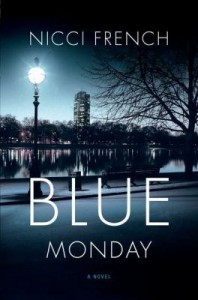 Escape Rating C+: I picked up The Lying Room because I really enjoyed the author’s Frieda Klein series and hoped that this standalone would have the same kind of taut excellence. (If you are interested, start with Blue Monday and proceed through the rest of the days of the week!)
Escape Rating C+: I picked up The Lying Room because I really enjoyed the author’s Frieda Klein series and hoped that this standalone would have the same kind of taut excellence. (If you are interested, start with Blue Monday and proceed through the rest of the days of the week!)
But one of the things that I liked about Frieda Klein’s series was the character of Frieda Klein herself. Because Frieda Klein is an intelligent protagonist – and also because while she may sometimes be misled and she’s certainly someone to whom terrible things happen through no fault of her own – she’s never stupid and she never gets herself into stupid situations.
When she does defy the police – and she sometimes does – it’s both for a good reason and we expect her to succeed long enough to accomplish her goals.
As the protagonist, Neve drove me crazy. I just didn’t like her and didn’t want to be in her head. On the other hand, I passionately dislike her, so the author definitely got me involved.
But seriously, she’s unhappy at home – for reasons that are easy to empathize with – and takes the easy way out of having an affair to spice up her life rather than rock the boat at home. And as a reader I could see why she made those choices.
I fell off the “understand” wagon when she didn’t put on her big girl panties and deal with the results of her actions, as horrible as those results were. There are lots of cliches about people who have affairs secretly wanting to get caught in order to bring whatever the crisis in their home life is out into the open. How true that cliche is, well, who knows?
But I found the results of her actions contradictory. She just didn’t act smart enough to fool the police – but she managed to do so anyway. And that in spite of something that the UK readers of this book have pointed out repeatedly. Contemporary London is one of the cities most saturated with CCTV in the world. This story takes place in Central London but none of the police ever attempt to consult CCTV to discover the killer. They suspect Neve but never look at the CCTV to see if she was at the victim’s apartment or not. It’s not that there was a catastrophic and coincidental failure of the CCTV in one way or another – it’s that they never try.
Instead, it seems like the police inspector in charge of the case turns into Neve’s stalker. Or should I say Neve’s second stalker? Because it seemed obvious to this reader from the earliest parts of the book, even before Neve discovers that corpse, that someone is stalking her.
Who the stalker is – and their motivations for following her, assaulting her and trying to put her in the frame for the murder – did turn out to be surprises. But that someone was there was not. It was just a matter of waiting for the other shoe to drop.
In the end, I found this one disappointing, especially in comparison to the Frieda Klein series. But it’s staying in my head a fairly long time in that disappointment, so perhaps infuriating is closer to the mark. As always, your reading mileage may vary. Considerably.


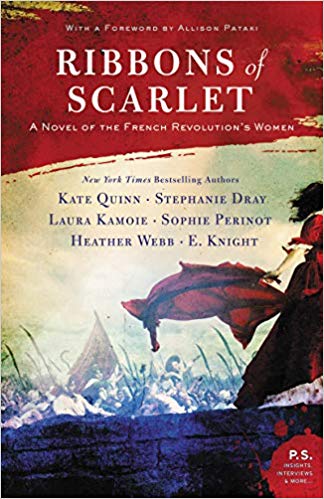 Ribbons of Scarlet: A Novel of the French Revolution's Women by
Ribbons of Scarlet: A Novel of the French Revolution's Women by 


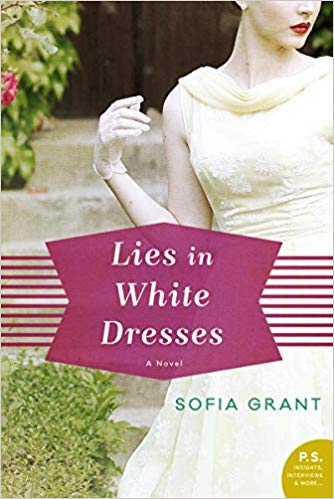 Lies in White Dresses by
Lies in White Dresses by 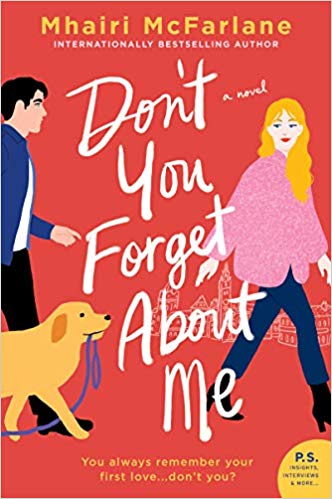 Don't You Forget About Me by
Don't You Forget About Me by 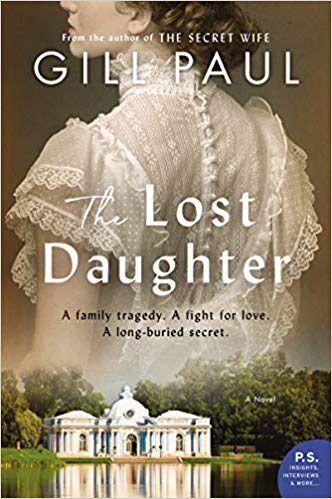 The Lost Daughter by
The Lost Daughter by 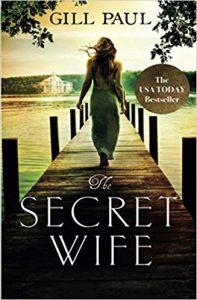 Instead, one misdirects the other guards, and one spirits her away, to a life of, if absolutely not luxury, then a life of, well, life, with all of its joys and sorrows, hidden in plain sight in the Soviet Union. While she mourns her family and always wonders if her sister Tatiana escaped (that story is in
Instead, one misdirects the other guards, and one spirits her away, to a life of, if absolutely not luxury, then a life of, well, life, with all of its joys and sorrows, hidden in plain sight in the Soviet Union. While she mourns her family and always wonders if her sister Tatiana escaped (that story is in 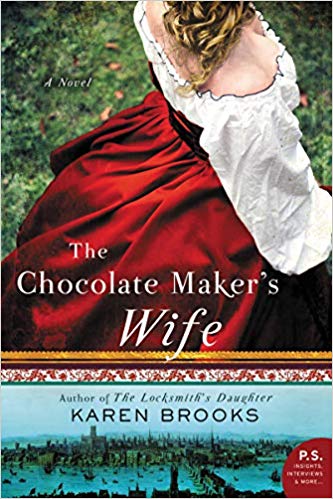 The Chocolate Maker's Wife by
The Chocolate Maker's Wife by 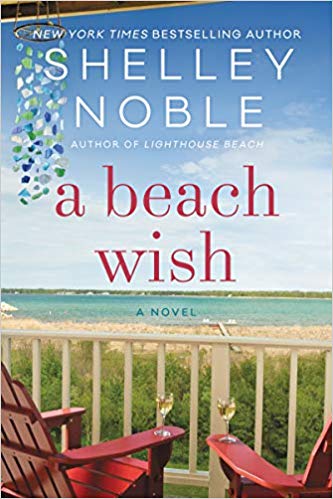 A Beach Wish by
A Beach Wish by 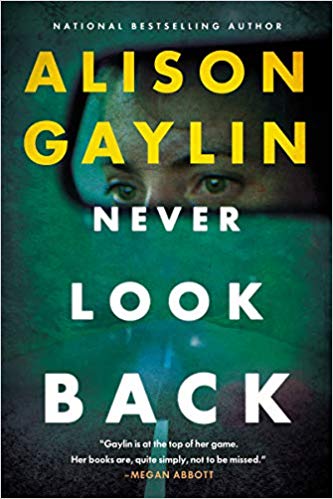 Never Look Back by
Never Look Back by 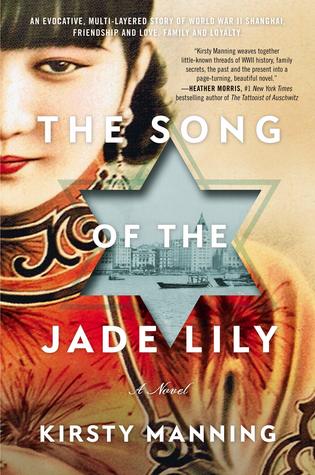 The Song of the Jade Lily by
The Song of the Jade Lily by 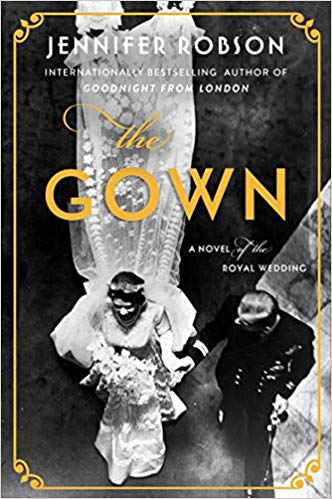 The Gown: A Novel of the Royal Wedding by
The Gown: A Novel of the Royal Wedding by 